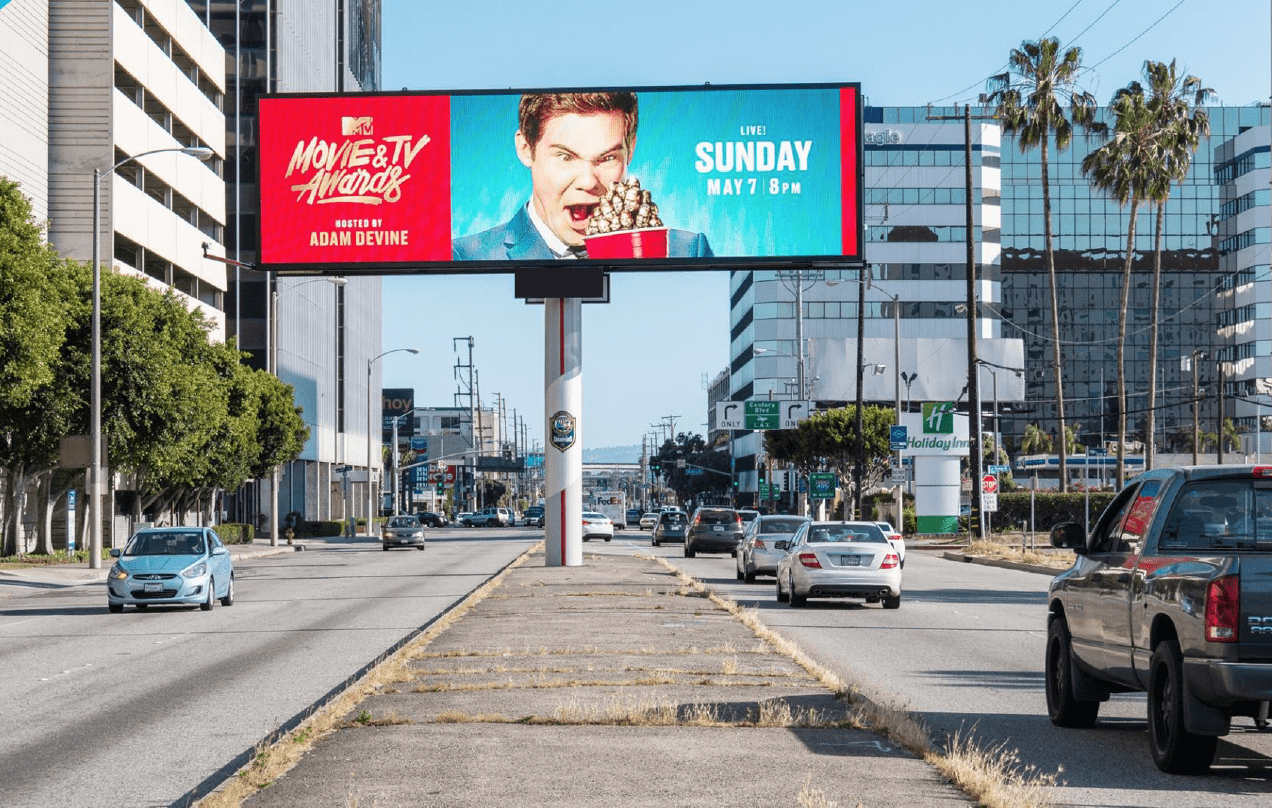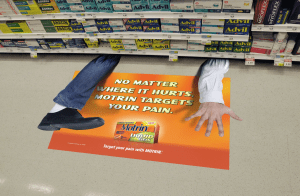When marketers ask how much do billboards cost in Los Angeles, they typically expect to hear numbers tied to impressions, locations, and rental fees. But there’s another cost that rarely shows up on media plans—the environmental impact of billboard advertising.
In today’s sustainability-driven market, brands are being held accountable not just for what they say—but how they deliver their message. That’s where the billboard model begins to crack. While billboard ads dominate highways and skylines, they also come with a hefty ecological footprint.
In this blog, we explore why in-hand advertising—like pharmacy bag ads, coffee sleeves, and direct-to-consumer touchpoints—is emerging as a more sustainable, targeted, and effective alternative to billboard advertisements, especially in eco-conscious cities like Los Angeles.
How Much Do Billboards Cost in Los Angeles? More Than Just Dollars
Let’s start with the financial side. A standard billboard ad in Los Angeles can range from $3,000 to $15,000 per month, depending on size, traffic count, and location. High-visibility freeway placements, like the 405 or Sunset Strip, can exceed $25,000 monthly.
But what about the hidden cost?
Every traditional billboard advertisement contributes to:
Material waste from vinyl and plastics
Excessive energy usage for digital LED boards
Light pollution in residential and urban areas
Visual clutter that degrades natural and architectural beauty
For marketers measuring impact by more than impressions, these factors add up fast.
Billboard Advertising’s Environmental Footprint
Material Waste
Most billboard ads use PVC vinyl—a petroleum-based plastic that isn’t biodegradable. After a few weeks or months, these large sheets are discarded, contributing to landfill volume and microplastic pollution.
Even with recycling programs in place, many vinyls never make it to proper facilities.
Energy Consumption
Digital billboard advertising is even worse. High-powered LED boards operate 24/7, consuming large amounts of electricity. A single digital board can use as much energy annually as 4–6 average homes.
In a city like Los Angeles—already strained by power demands—this consumption isn’t just inefficient, it’s unsustainable.
Light Pollution
Nighttime billboard advertisements contribute to urban light pollution, disrupting human circadian rhythms and negatively affecting wildlife behavior. This is especially concerning near parks and residential neighborhoods.
Environmental Permitting and Legal Battles
Because of their impact, billboard advertising in Los Angeles is subject to complex zoning laws and community pushback. Numerous proposals have been delayed or canceled due to environmental reviews, further inflating the real cost of campaign execution.
In-Hand Advertising: A Sustainable Alternative
In contrast, in-hand advertising uses items that are already part of the consumer’s day—coffee sleeves, pharmacy bags, hotel keycards, delivery packaging. Instead of adding a new structure to the environment, it leverages existing materials and routines.
Here’s why in-hand media is a smarter alternative for eco-conscious brands:
✅ Low Material Impact
Most in-hand media uses recycled paper, compostable packaging, or biodegradable inks. A pharmacy bag ad or coffee cup sleeve ad adds zero waste when designed responsibly.
✅ No Electricity Needed
There’s no power draw for a flyer in a to-go bag or a printed coaster at a bar. Your message gets delivered—without glowing 24/7.
✅ Direct, Personal Delivery
Instead of hoping someone glances at your billboard ad from 400 feet away, in-hand advertising ensures the message is placed—literally—in your target consumer’s palm.
✅ Hyper-Local Targeting Without Pollution
Want to reach wellness-minded moms in Santa Monica? Run a campaign on pharmacy bags at a CVS there. Need to reach college students near USC? Place ads on pizza boxes around campus. It’s localized, not generalized.
How Much Do Billboards Cost in Los Angeles Compared to In-Hand Advertising?
Let’s run a comparison.
Format | Avg. Monthly Cost | Estimated Impressions | Eco Impact |
Billboard (Standard) | $10,000–$15,000 | 500,000 | High (Vinyl waste, energy use) |
Digital Billboard | $15,000–$25,000 | 700,000 | Very High (Electricity, light pollution) |
In-Hand (e.g. pharmacy bags) | $4,000–$7,000 | 30,000–50,000 | Low (Recycled/biodegradable materials) |






